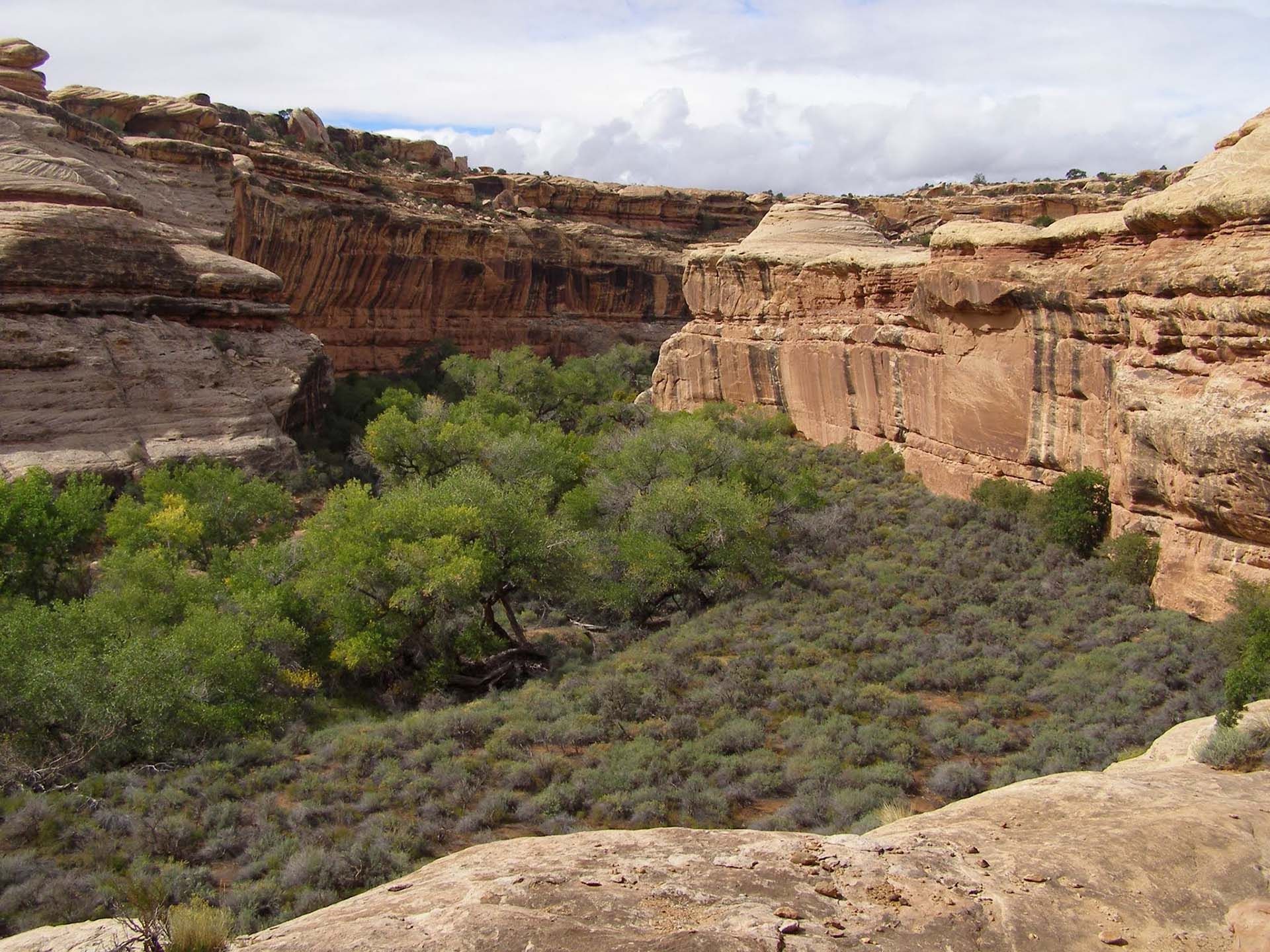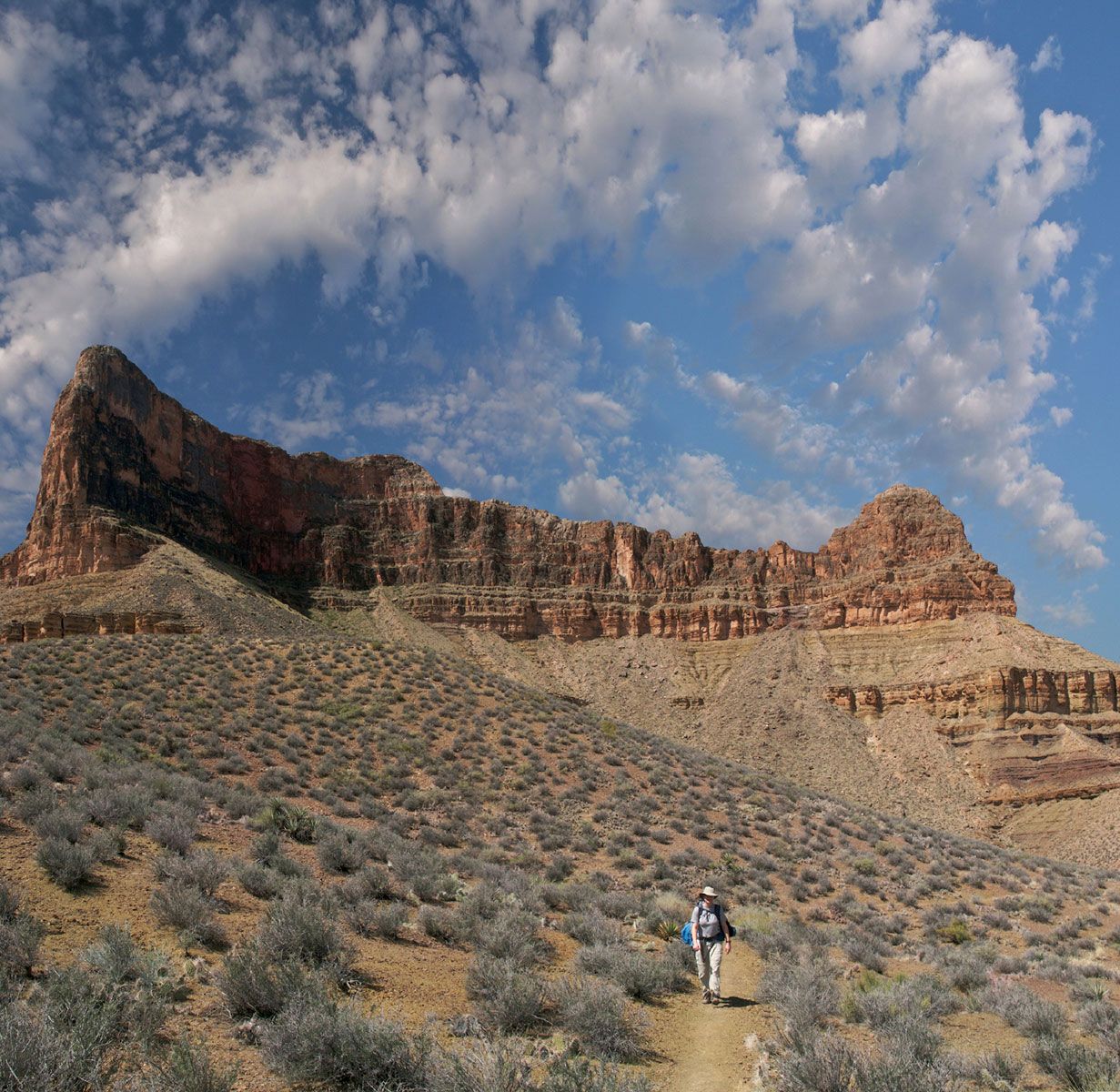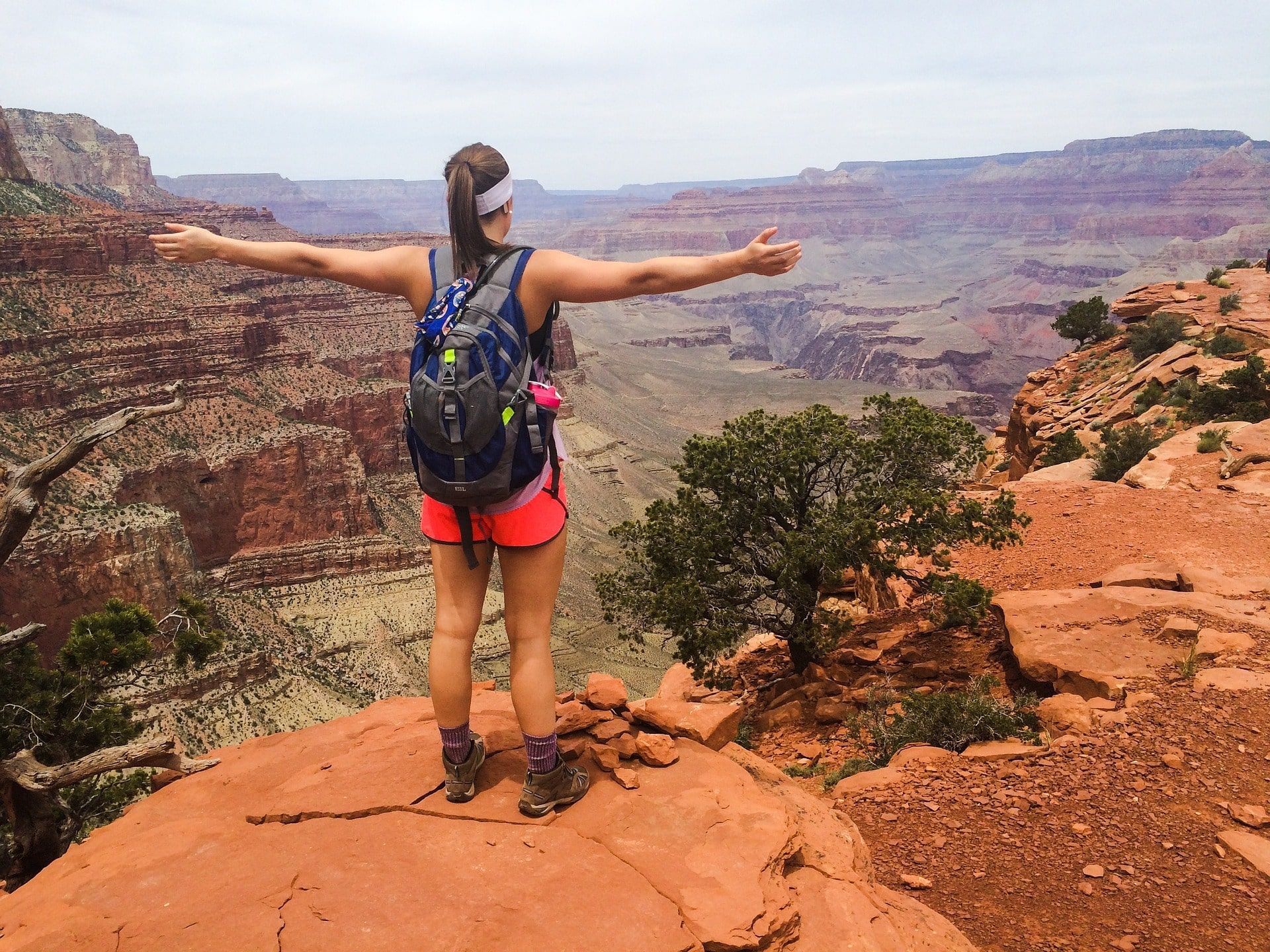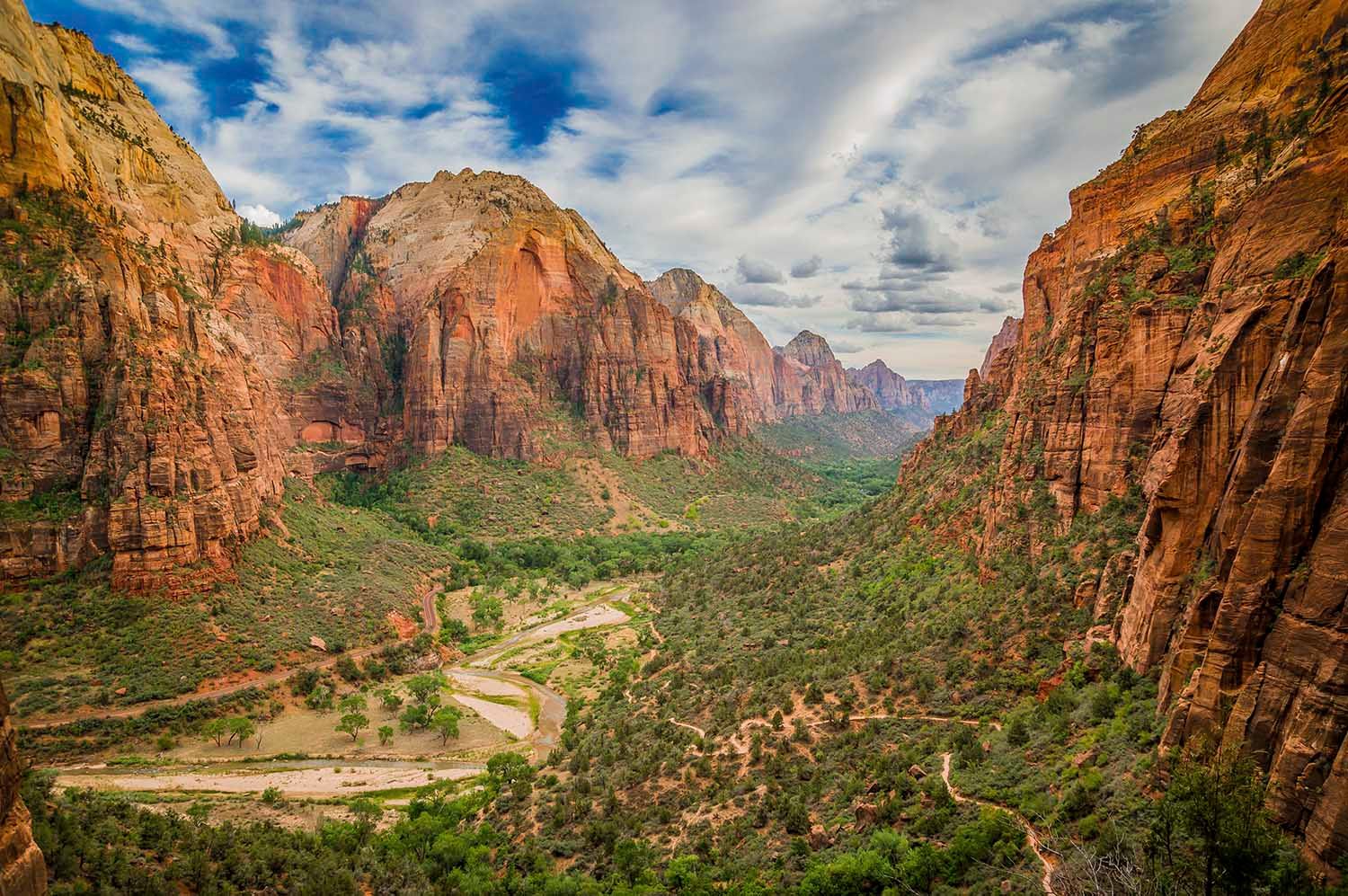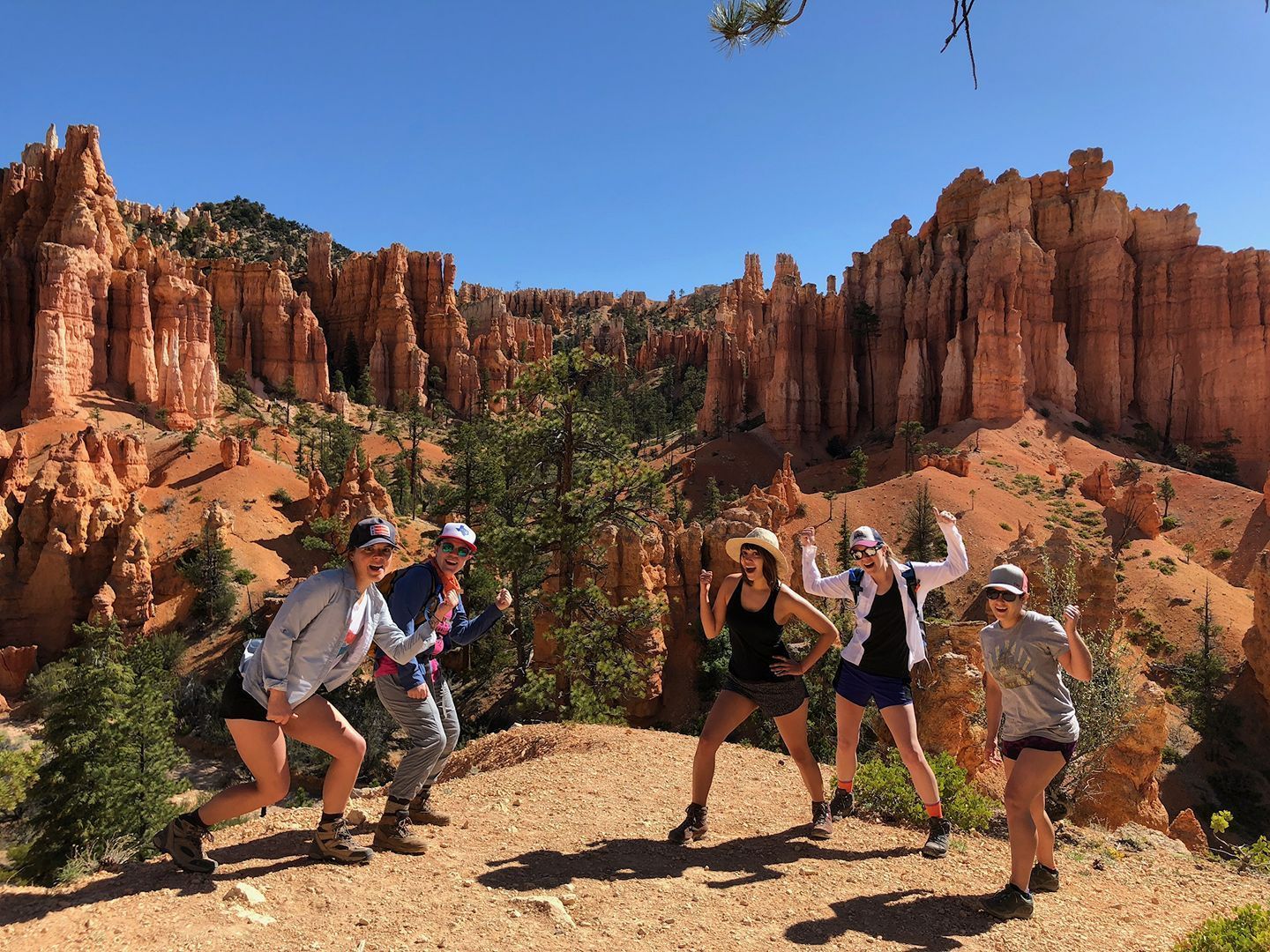Hydration Before, During and After Hiking
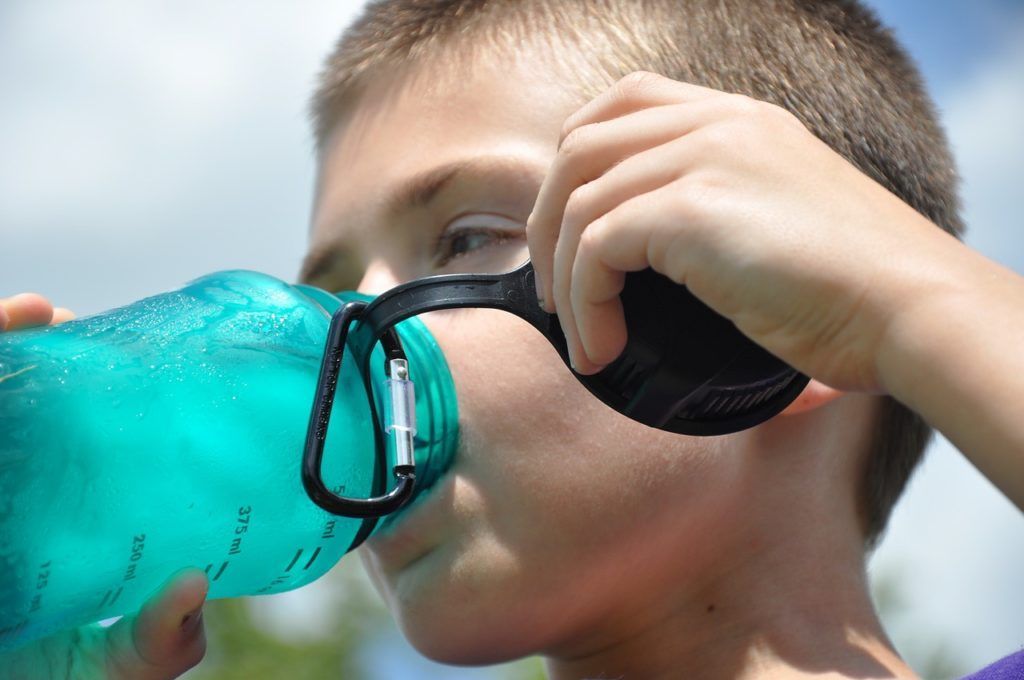
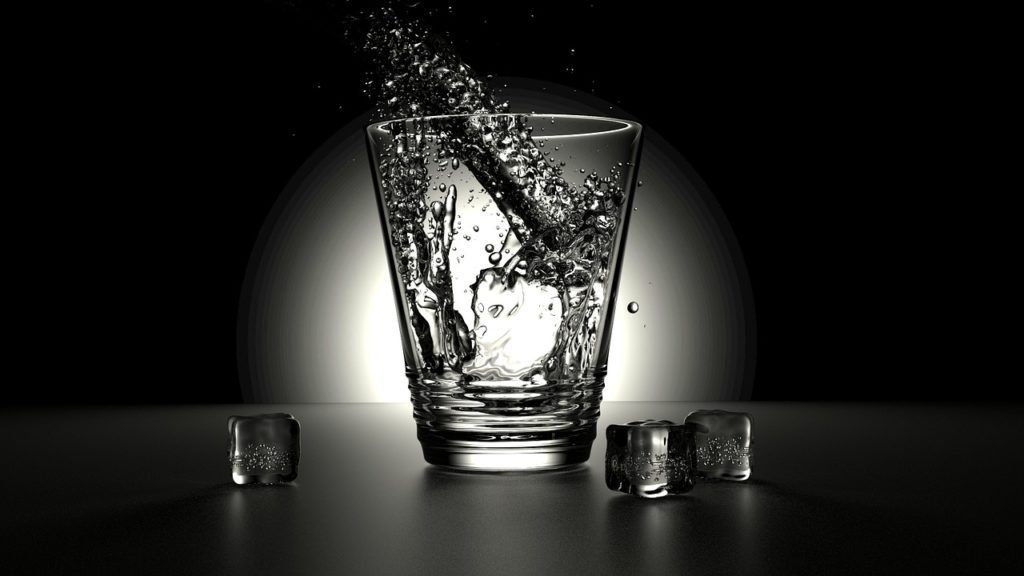
The body is designed to be partially fueled by fluids. For men, the need is around 3.5 liters of water or other fluids per day. This equals to 15.5 cups. Women need about one liter less per day or around 11.5 cups. If you’re hiking, the necessary intake is always more.
Start Hydrating Before Hitting the Trail
The best thing you can do is drink quite a bit of water several days before and the morning of your hike. Some hikers call this method, ‘camel-ing up’. This simple task preps the body ahead of hike, hydrating everything from the organs to your veins.
Preparing the body with extra fluids can also help remove any unnecessary wastes, regulates body temperature, lubricates joints and protect any sensitive tissues within the body. These are all necessary things that need to occur in the midst of your hike.
If you’re not used to drinking 3 liters of water a day, begin by drinking 2 or 3 liters per day, starting a week before the hike. As you become a more avid hiker, you can learn to hydrate in larger increments prior to hiking or backpacking. Hydration is not only helpful and necessary when hiking, it’s a part of a living a healthy lifestyle as well.
Understanding Elevation Changes and Hiking
Now, if you’re planning a backpacking trip in the mountains or a day hike at higher elevation, your body will quickly feel the strains of it if not properly hydrated. The higher the elevation, the more water is necessary to keep your body moving. Believe it or not, being hydrated before reaching higher elevations can even improve the quality of your hike, keep your muscles moving more fluidly and your body won’t be straining as much to complete the task.
Don’t Be Overconfident – Continue Water Intake
Yes, it can be frustrating to stop your hike and refill your water. It can interrupt your hiking rhythm and feel like you’re losing precious time. However, if you fail to do this and are lacking water, the pace you’ll be hiking at will be much slower overall. Be sure to carry enough water with you for the length of the trip. If you know there is a water refill somewhere along the way, check with other hiker friends to make sure it’s stocked before your adventure. You don’t want to be halfway through a long hike and realize the water refill source is not available or reliable.
If the refill source is not man-made, make sure you carry some sort of filtration device to make the water you’re drinking clean and safe for consumption.
End the Day with More Fluids
If you’ve just finished up a hike and are back at camp or on your way home, don’t assume that you’re done hydrating. Keep some extra fluids in the car so you can drink on your ride home or immediately fill up water when you’re at camp. This is essential. After the body has worked itself, it needs water to heal muscles, tissues, and organs.
Don’t Forget Food, Especially Salty Food
When you exercise, your body sweats to help keep you cool. But along with that sweat, your body releases critical salts. If you drink a lot and fail to replenish your body’s salts, you run the risk of creating a dangerous electrolyte imbalance called hyponatremia. This is a serious medical condition that can result is debilitating cramps, comas, and in extreme circumstances death. But it’s a relatively easy condition to avoid as long as you stay well-nourished during your hike. Salty snacks such as pretzels or potato chips are perfect for maintaining proper electrolyte levels ad will help keep you feeling great.
At the end of the day, it’s important to be in tune with your body and listen to what it needs during a hike or backpacking adventure. If you start to feel extra thirsty or lethargic, you’re likely short on fluids. Camel-up before your hike, consume a good amount of water, along with food and electrolytes, during your hike and afterwards. Adventure away!
Four Season Guides, 506 N Grant St suite o, Flagstaff, AZ 86004, United States
+19285251552
35.19653980, -111.62000560

